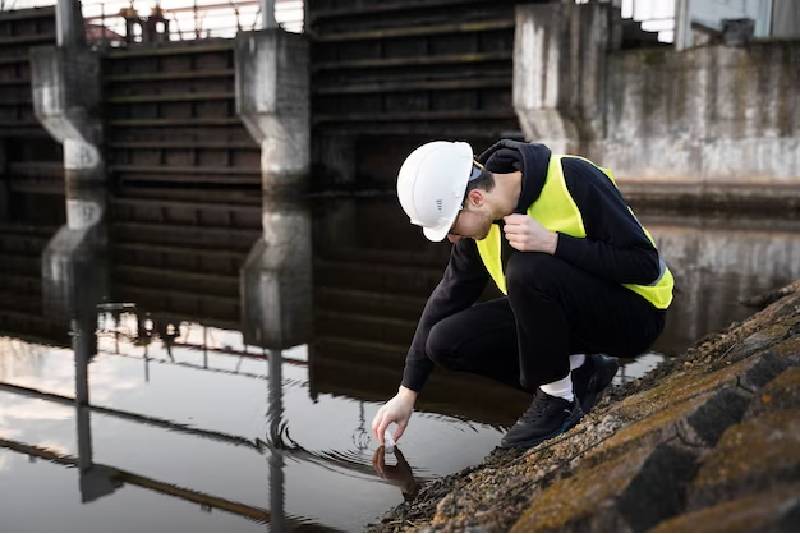
Water damage can be a nightmare for any homeowner or business owner in Wilmington. Whether it’s from a burst pipe, a flooded basement or a leaky roof, the aftermath of water damage can be overwhelming. The key to minimizing the damage and getting back to normal as quickly as possible is effective water damage clean up. However, this is not a task that should be taken lightly. In fact, it requires a well-thought-out plan and a systematic approach. In this article, we’ll share with you the 5 essential steps for effective water damage clean up in Wilmington. By following these steps, you can ensure that you’ll be able to restore your property to its pre-damaged condition. So, let’s get started!
Understanding the Effects of Water Damage
Water damage can have a significant impact on your property. The effects of water damage can range from minor to severe, depending on the source of the water and the extent of the damage. Water damage can cause structural damage, mold growth, and damage to your personal belongings. If left untreated, water damage can lead to long-term problems that can be expensive to fix.
The first step in effective water damage clean up is to understand the effects of water damage. The longer water is left standing, the more damage it can cause. Water can seep into walls, floors, and ceilings, causing structural damage. Water can also cause mold growth, which can be hazardous to your health. If you have experienced water damage, it is essential to act quickly to minimize the damage.
To understand the effects of water damage, it is essential to know the different types of water damage. The three types of water damage are clean water damage, gray water damage, and black water damage. Clean water damage is caused by clean water, such as a burst pipe or a leaky faucet. Gray water damage is caused by water that contains contaminants, such as a dishwasher overflow. Blackwater damage is caused by water that contains sewage or other hazardous materials, such as a flooded toilet.
Assessing the Extent of the Water Damage
The next step in effective water damage is to assess the extent of the damage. To do this, you will need to inspect the affected area and determine the source of the water. If the water damage is caused by a burst pipe or a leaky faucet, you will need to turn off the water supply to prevent further damage. If the water damage is caused by a flooded basement or a leaky roof, you will need to address the source of the water before beginning the clean-up process.
Once you have assessed the extent of the damage, you will need to determine what can be salvaged and what needs to be discarded. It is essential to document all damage and losses for insurance purposes. Take photographs of the affected area and make a list of all damaged items.
Removing Excess Water and Moisture
The third step in effective water damage clean up is to remove excess water and moisture. The longer water is left standing, the more damage it can cause. Standing water can seep into walls, floors, and ceilings, causing structural damage. Water can also cause mold growth, which can be hazardous to your health. To prevent further damage, it is essential to remove excess water and moisture as quickly as possible.
To remove excess water, you can use a wet/dry vacuum or a pump. It is essential to use a pump if there is a significant amount of standing water. Once you have removed the excess water, you will need to use fans and dehumidifiers to dry out the affected area. It is essential to remove all moisture to prevent mold growth.
Cleaning and Sanitizing the Affected Area
The fourth step in effective water damage clean up is to clean and sanitize the affected area. Water damage can leave behind dirt, debris, and bacteria. It is essential to clean and sanitize the affected area to prevent further damage and to ensure that the area is safe to inhabit.
To clean and sanitize the affected area, you will need to use a disinfectant and a cleaning solution. It is essential to follow the manufacturer’s instructions and to wear protective gear, such as gloves and a mask. It is also essential to clean and sanitize all affected items, such as furniture and personal belongings.
Restoring the Damaged Property to its Original State
The final step in effective water damage clean up is to restore the damaged property to its original state. This can include repairing structural damage, replacing damaged flooring, and repainting walls. It is essential to work with a professional contractor to ensure that the restoration is done correctly.
It is also essential to take steps to prevent future water damage incidents. This can include regular maintenance of your plumbing and roof, installing a sump pump, and ensuring that your gutters are free of debris.
Prevention Tips for Future Water Damage Incidents
Preventing water damage is much easier than dealing with the aftermath of water damage. Here are some prevention tips to help you avoid water damage incidents:
- Regularly inspect your plumbing and repair any leaks or cracks.
- Install a sump pump in your basement to prevent flooding.
- Ensure that your gutters are free of debris to prevent water from backing up into your home.
- Regularly inspect your roof and repair any damage or leaks.
Hiring a Professional Water Damage Clean Up Company
If you have experienced water damage, it is essential to work with a professional water damage clean up company. A professional company will have the tools and expertise to effectively clean up the water damage and restore your property to its pre-damaged condition. A professional company will also work with your insurance company to ensure that you receive the coverage you deserve.
Common Mistakes to Avoid During Water Damage Clean Up
It is essential to avoid common mistakes during water damage clean up. Here are some mistakes to avoid:
- Waiting too long to begin the clean-up process.
- Attempting to clean up the water damage yourself without the proper tools and expertise.
- Failing to document all damage and losses for insurance purposes.
- Failing to properly clean and sanitize the affected area, leading to mold growth.
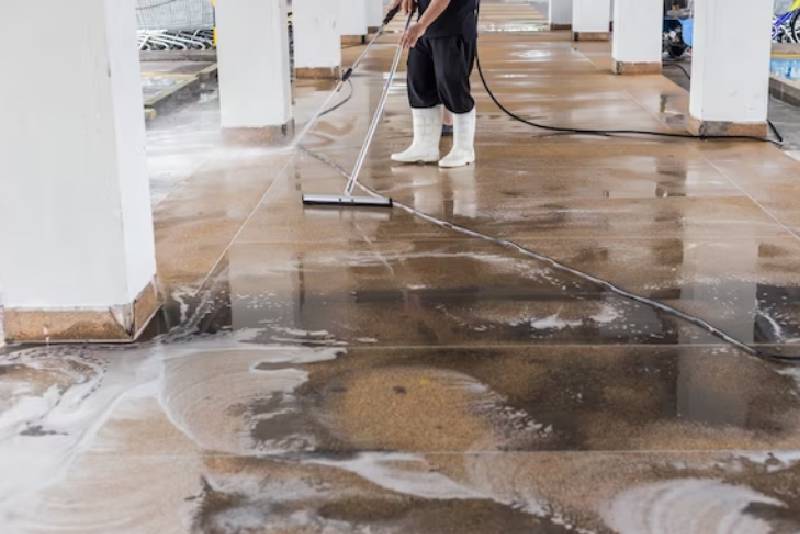
Conclusion
Water damage can be a nightmare for any homeowner or business owner in Wilmington. However, by following these 5 essential steps for effective water damage clean up Wilmington, you can minimize the damage and restore your property to its pre-damaged condition. Remember to act quickly, assess the extent of the damage, remove excess water and moisture, clean and sanitize the affected area, and restore the damaged property to its original state. By taking these steps, you can prevent long-term damage and ensure that your property is safe to inhabit. Contact A & I Fire and Water Restoration for more details about water damage clean up, water damage restoration, mold removal, and mold remediation Wilmington NC etc.



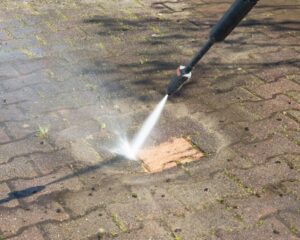


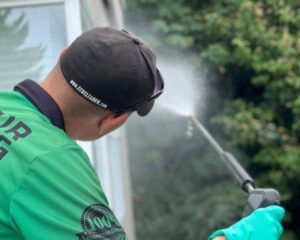

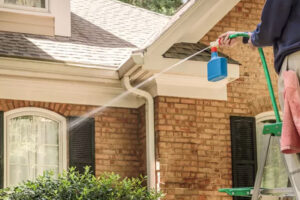




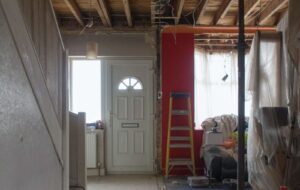




No Comments yet!